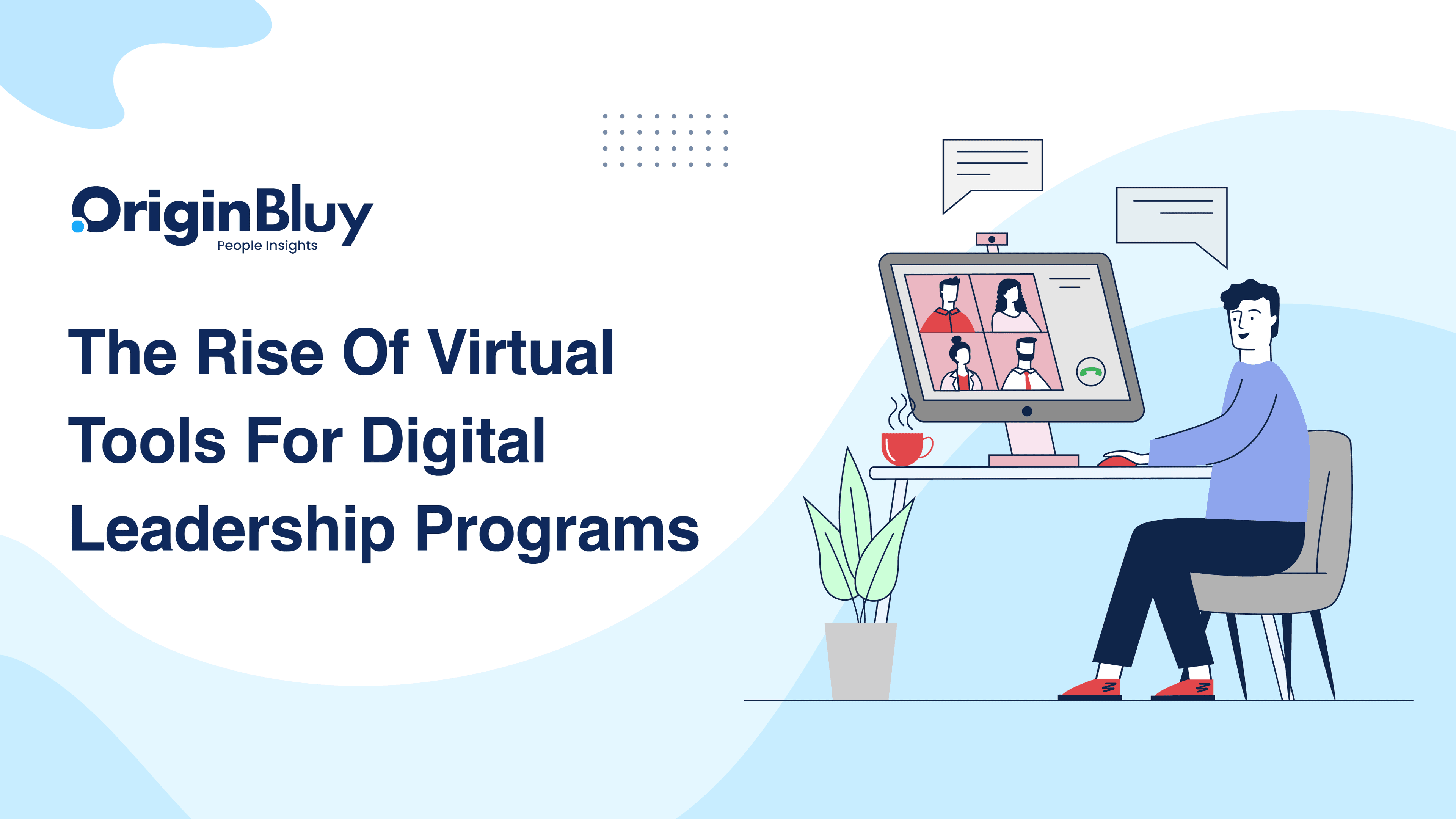Post COVID-19, the whole environment of the workplaces has changed drastically, and there is far greater focus on digitalisation. Of any area, the field of leadership training has been a major beneficiary of this shift towards online learning. Leaders across the globe have adopted the virtual approach with regard to leadership development since organizations have observed the benefits of using online platforms. Digital leadership programs have risen as some of the solution models for developing leaders given the increasing need for innovation, adaptability, and resilience.
Advantages of Digital Leadership Programs
Language Translation and Mode of Communication for Teams Around the World
Digital leadership programs do not limit themselves by geography. Unlike regular in-person training, virtual training means participants from different parts of the world can be grouped together in one virtual setting. This inclusiveness creates polymorphism, which is a key to effective leadership in the current complex business environment.
Digital platforms are flexible and allow participants to attend based on their time of the day or week. Materials are available at their convenience, minimizing interference with their learning or work schedules. This flexibility is particularly advantageous for large companies with members across different continents.
Cost-Effectiveness in Relation to Conventional Programs
Virtual leadership programs reduce expenses such as transport, administrative costs, and conference space costs. Organizations can instead allocate resources to quality digital tools and professional trainers. The scalability of these programs makes them suitable for both small and large organizations, enabling affordable, high-quality leadership development programs.
Utility for Small and Large Institutions
Digital platforms are scalable and can accommodate small groups, departmental levels, or entire organizations. This adaptability benefits fast-growing organizations by extending training to new employees. Access to leadership can be provided across hierarchical levels, allowing programs to be tailored to specific leadership needs.
Significant Components of Virtual Leadership Training Programs
Webinars and Virtual Workshops
Interactive virtual sessions replicate real-life class interactions. Tools like Zoom and Microsoft Teams allow participants to congregate simultaneously, discuss scenarios, and collaborate on solutions. Polls, breakout sessions, and Q&A with trainers and participants make these sessions engaging and effective for leadership training.
Machine-Learning Based Learning Paths
AI technologies create highly individualized learning paths. For example, participants weak in conflict resolution might receive specific modules and exercises to improve in that area. Personalization maximizes feedback and makes training more effective.
Employment of VR/AR for Immersive Training
Virtual Reality (VR) and Augmented Reality (AR) provide realistic simulations of workplace scenarios. Leaders can rehearse decision-making, crisis management, and interpersonal skills. For instance, Walmart uses VR to train employees in customer interaction, and UPS uses VR to train drivers in road safety.
What One Learns About Leadership Development in the Digital Age
Greater Interconnectedness and Creativity
Virtual tools connect teams across geographies, fostering the exchange of ideas and innovation. Tools like Miro and MURAL enable real-time problem-solving and brainstorming, supporting creativity in leadership development.
Bridging Generational Gaps
Digital leadership programs cater to millennials and Gen Z employees through gamification, micro-learning, and social learning. These elements make training engaging and suitable for younger, digitally adept leaders.
Success Stories: Leading with Virtual Tools
Google's Leadership Lab
Google’s ‘Leadership Lab’ uses AI-enriched courses that include assessments, workshops, and peer feedback. This program has encouraged innovation and diversity, changing the organizational culture.
LinkedIn Learning for Leaders
LinkedIn Learning provides leadership courses with bite-sized videos, quizzes, and discussion boards. Organizations using LinkedIn Learning report increased employee satisfaction and improved leadership skills.
The Relevance of Corporate Training Providers
Corporate training providers in cities like Mumbai and Delhi leverage AI, VR, and interactive platforms to deliver digital leadership training solutions. These programs address current leadership challenges and equip participants with essential skills.
Conclusion
Virtual leadership is a transformative innovation in leadership training, offering cost-effective and efficient solutions. Webinars, AI-driven personalization, and immersive VR/AR methods are reshaping how organizations prepare leaders for present and future challenges. By embracing these advancements, organizations can foster continuous learning, collaboration, and growth, ensuring their leadership remains competitive in a rapidly evolving world.

























